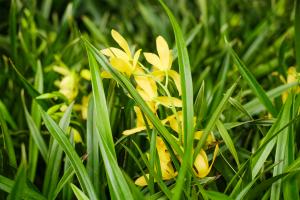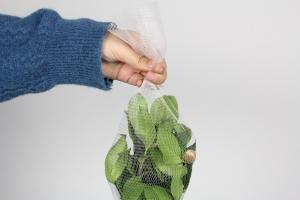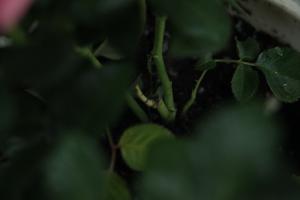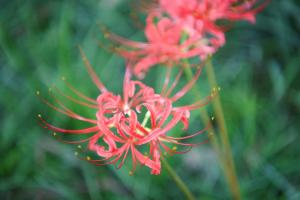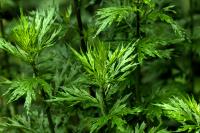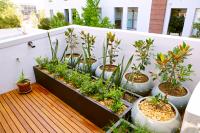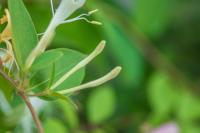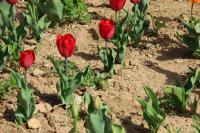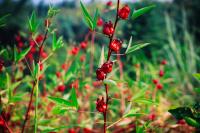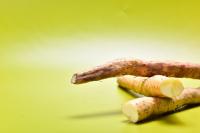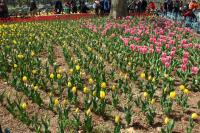1、 Distinction
1. different appearance
Aesculus is a deciduous tree with a height of up to 25 meters. The bark color is dark brown or grayish brown. The branches are twigs, cylindrical, yellowish brown or grayish brown in color, and yellow light yellow lenticels. The leaves are palmately compound leaves, composed of 5-7 leaflets, with petioles 10-12 cm long and gray puberulent. The fruit is spherical or obovate, blunt and round at the top and slightly concave in the middle, yellowish brown. The flowering period is from April to May and the fruiting period is in October.
Wuwuzi is a large deciduous tree, with a height of about 20 meters. The bark is grayish brown or dark brown. The leaves are single pinnate compound leaves, 5-8 pairs of leaflets, usually subopposite, thin paper leaves, long elliptic lanceolate or slightly sickle shaped. The fruit is orange yellow and turns black when dry. The flowering period is from June to July. The fruiting period is from September to October.
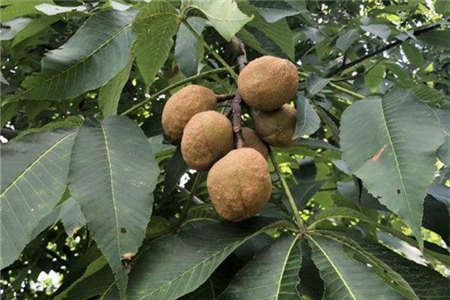
2. Different growth habits
Aesculus likes light and is slightly shade tolerant. Suitable for growing in warm environment, but also cold resistant. It grows better in deep, fertile, moist and well drained soil. The germination ability is strong, but the growth rate is medium and slow. China's Yellow River Basin and eastern provinces are cultivated, and wild Aesculus is only in the Qinling Mountains.
Wudangzi has strong cold resistance. Lax requirements for soil, deep root and strong wind resistance. It is not resistant to moisture and drought. Weak sprouting ability, not resistant to pruning. Fast growth and long service life. Most of them grow in the south of the Yangtze River Basin, Indochina Peninsula, India and Japan.
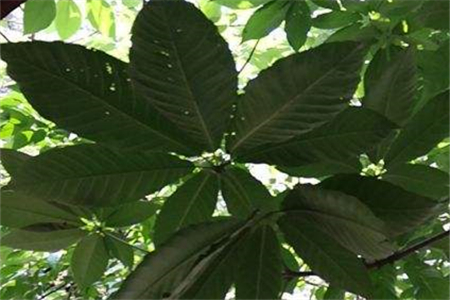
2、 Is it the same plant
Not the same plant. The plants of the two orders are similar in appearance, but they may not be the same as the plants of the two genera.
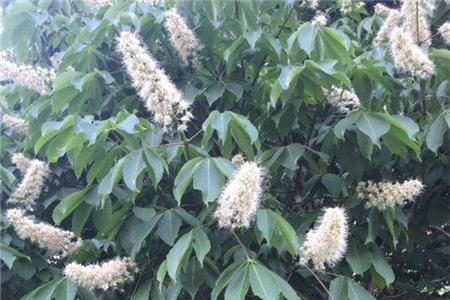

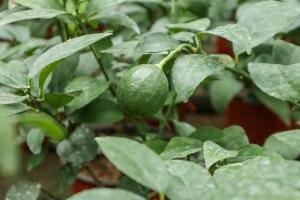 The efficacy and fun...
The efficacy and fun...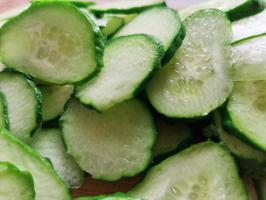 The efficacy and fun...
The efficacy and fun...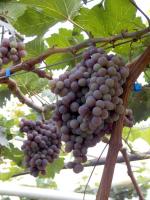 The benefits of eati...
The benefits of eati...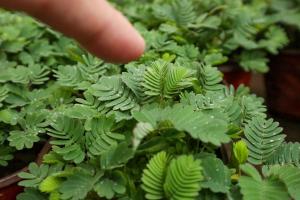 Why is Mimosa called...
Why is Mimosa called...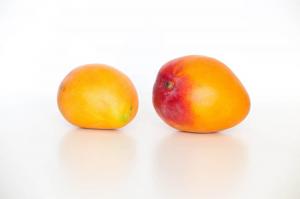 What can't mango be ...
What can't mango be ...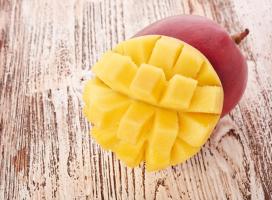 The efficacy and fun...
The efficacy and fun...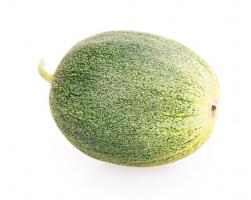 Is watermelon a frui...
Is watermelon a frui...